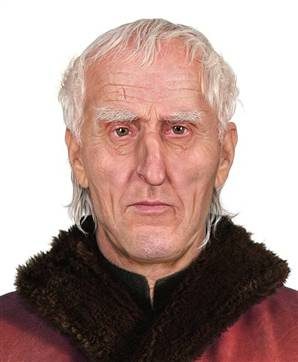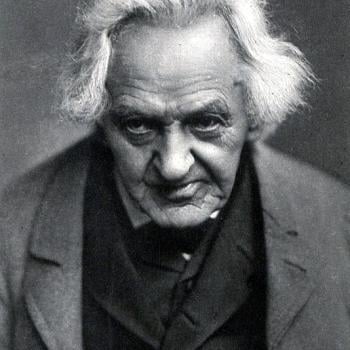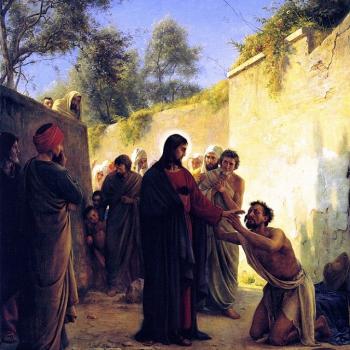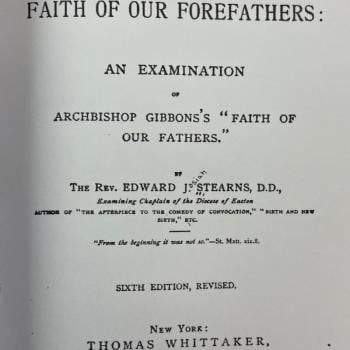From my book, The One-Minute Apologist (2007)* * * * *
THE CHURCH
The Galileo incident proves that the Catholic Church isn’t infallible
It also shows that Catholicism opposes science due to its Aristotelian dogmatism
The Church’s often misunderstood erroneous proclamations on Galileo do not overthrow the doctrine of infallibility, once the facts are properly scrutinized.
The censure of the astronomer Galileo (1564-1642) in 1616 and 1633 may be the most notorious and famous Catholic error ever made, and the favorite (myth-filled) tale of those who believe religion and science are inexorably opposed. Catholic dogma had never enshrined geocentrism, and Galileo (a faithful Catholic) had been supported by many notable churchmen, including three popes.
Indeed, his biographer Giorgio de Santillana stated that “It has been known for a long time that a major part of the church intellectuals were on the side of Galileo, while the clearest opposition to him came from secular ideas” (The Crime of Galileo, University of Chicago Press, 1955, xii-xiii). But the scientist (though basically correct) was overconfident and quite obstinate in proclaiming his scientific theory as absolute truth, and this was a major concern.
Accordingly, St. Robert Bellarmine, who was directly involved in the controversy, made it clear that heliocentrism was not irreversibly condemned, and also that a not-yet proven theory was not an unassailable fact. Bellarmine actually had the superior understanding of the nature of a scientific hypothesis. Galileo was scientifically fallible, too. He held that the entire universe revolved around the sun in circular (not elliptical) orbits, and that tides were caused by the rotation of the earth. True heliocentrism wasn’t conclusively proven until some 200 years later. Pope John Paul II apologized for the Church’s mistake, but the Holy Office had done so in 1825, and Galileo’s written works were permitted in 1741.
Far more embarrassing and numerous “Bible vs. Science” fiascoes in the Protestant world are not nearly as well-known. Martin Luther called Copernicus an “upstart astrologer” in 1539, appealing to Joshua 10:13 as proof that the sun moves. His successor Philip Melanchthon thought that Copernicus exhibited a lack of “honesty and decency,” yet was an avid enthusiast of astrology. John Calvin “proved” geocentrism from Psalm 93:1, and contended that belief in a rotating earth would “pervert the order of nature.” Francois Turretin, John Owen, and many Puritans followed suit.
Catholic philosophers, on the other hand, like Nicholas Oresme (c.1325-1382) and Nicholas of Cusa (1401-1464) had long since posited a moving earth, and the sphericity of the earth had been taught even earlier by St. Albert the Great, St. Thomas Aquinas, and Dante. The Protestant University of Tubingen condemned the heliocentrism of the great Lutheran astronomer Johann Kepler (1571-1630), not long before the Galileo incident. Leibniz, the Lutheran philosopher (1646-1716) attacked Newton’s theory of gravitation.
But wasn’t Galileo also imprisoned and tortured by the Inquisition, in order to get him to recant his theory?
In 1633 Galileo was “incarcerated” in the palace of Niccolini, the ambassador to the Vatican from Tuscany, who admired Galileo, spent five months with Archbishop Piccolomini in Siena, and then lived in comfortable environments with friends for the rest of his life (though technically under “house arrest”). No evidence exists to prove that he was ever actually subjected to torture or deliberately blinded (he lost his sight in 1637).
[I]t was a churchman, Nicholas Copernicus, who first advanced the contrary doctrine that the sun and not the earth is the centre of our system, round which our planet revolves, rotating on its own axis. His great work, De Revolutionibus orblure coelestium, was published at the earnest solicitation of two distinguished churchmen, Cardinal Schomberg and Tiedemann Giese, Bishop of Culm. It was dedicated by permission to Pope Paul III in order, as Copernicus explained, that it might be thus protected from the attacks which it was sure to encounter on the part of the “mathematicians” (i.e. philosophers) . . . Neither Paul III, nor any of the nine popes who followed him, nor the Roman Congregations raised any alarm . . . Can it be said that either Paul V or Urban VIII so committed himself to the doctrine of geocentricism as to impose it upon the Church as an article of faith, and so to teach as pope what is now acknowledged to be untrue? That both these pontiffs were convinced anti-Copernicans cannot be doubted, nor that they believed the Copernican system to be unscriptural and desired its suppression. The question is, however, whether either of them condemned the doctrine ex cathedra. This, it is clear, they never did. As to the decree of 1616, we have seen that it was issued by the Congregation of the Index, which can raise no difficulty in regard of infallibility, this tribunal being absolutely incompetent to make a dogmatic decree. Nor is the case altered by the fact that the pope approved the Congregation’s decision in forma communi, that is to say, to the extent needful for the purpose intended, namely to prohibit the circulation of writings which were judged harmful. . . . As to the second trial in 1633, this was concerned not so much with the doctrine as with the person of Galileo, and his manifest breach of contract in not abstaining from the active propaganda of Copernican doctrines. The sentence, passed upon him in consequence, clearly implied a condemnation of Copernicanism, but it made no formal decree on the subject, and did not receive the pope’s signature.
(Vol. VI, 1909, “Galileo Galilei,” John Gerard)













